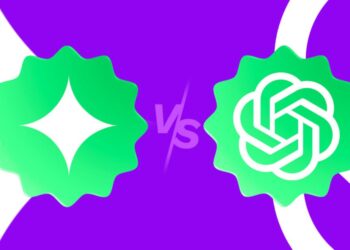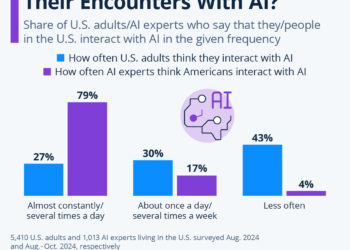Artificial Intelligence (AI) has made remarkable strides over the last decade, prompting significant advancements in how machines interpret human language. Semantic understanding, a core facet of natural language processing (NLP), is crucial for enabling AI to comprehend text and speech more effectively.
What is Semantic Understanding?
Semantic understanding refers to the capability of AI systems to discern meaning from text. Unlike lexical analysis, which focuses on the arrangement of words, semantic understanding digs deeper into context, intent, and the relationships between concepts. This level of comprehension is vital for various applications, including conversation agents, content generation, and sentiment analysis.
Key Components of Semantic Understanding
-
Contextual Awareness:
- AI must grasp not only the words but also the context in which they are used.
- Example: The word "bank" can refer to a financial institution or the side of a river, depending on context.
-
Intent Recognition:
- Understanding what a user intends to say is critical.
- Example: Phrases like "Help me with this!" and "Can you assist me?" may have similar intents but differing wordings.
- Entity Recognition:
- Identifying specific names, places, and other entities within the text allows AI to relate information accurately.
- Example: Recognizing "New York" as a city and "Apple" as a technology company.
Techniques for Enhancing Semantic Understanding
Several methods have been developed to improve AI’s proficiency in semantic understanding:
Natural Language Processing (NLP)
-
Tokenization:
- Separating text into smaller units (tokens) for easier analysis.
- Parsing:
- Analyzing the grammatical structure of sentences to understand relationships between words.
Machine Learning Models
-
Word Embeddings:
- Techniques like Word2Vec and GloVe convert words into numerical vectors based on their meanings.
- Transformer Models:
- Architectures such as BERT and GPT utilize attention mechanisms for context-sensitive interpretation of language.
Knowledge Graphs
-
Structured Information:
- These graphs represent relationships and concepts, enabling AI to draw from a vast pool of information when interpreting queries.
- Reasoning Capabilities:
- AI can infer answers through the connections laid out in knowledge graphs, enhancing the depth of understanding.
Applications of Semantic Understanding
AI semantic understanding is leveraged across numerous sectors, including:
-
Customer Support:
- AI-driven chatbots can engage with customers, providing tailored responses based on user queries.
-
Content Recommendation:
- Platforms analyze user behavior and preferences to suggest relevant articles, videos, or products.
- Sentiment Analysis:
- Businesses can gauge public opinion and sentiment by analyzing language used in social media, reviews, and forums.
Challenges in Semantic Understanding
Despite progress, several hurdles remain:
Ambiguity in Language
-
Polysemy:
- Words with multiple meanings can confuse AI.
- Sarcasm and Humor:
- Understanding nuances in language requires deep contextual knowledge.
Data Limitations
-
Quality of Training Data:
- The effectiveness of AI models often hinges on the quality and diversity of data on which they are trained.
ADVERTISEMENT - Bias in Language Datasets:
- If the training data reflects existing biases, the AI can unintentionally perpetuate these in its responses.
ADVERTISEMENT
Computational Resources
- Processing Power:
- Advanced models demand high computational resources, which can limit accessibility for smaller organizations.
Integration with Other Systems
- Interoperability:
- Ensuring seamless integration of semantic understanding systems with existing tech stacks poses technical challenges.
By navigating these complexities and continually refining algorithms, AI semantic understanding can advance further, paving the way for more intuitive human-machine interactions.






